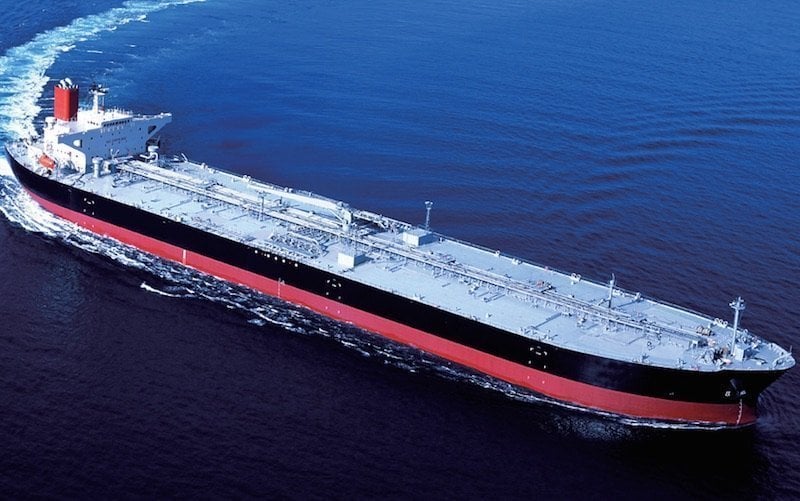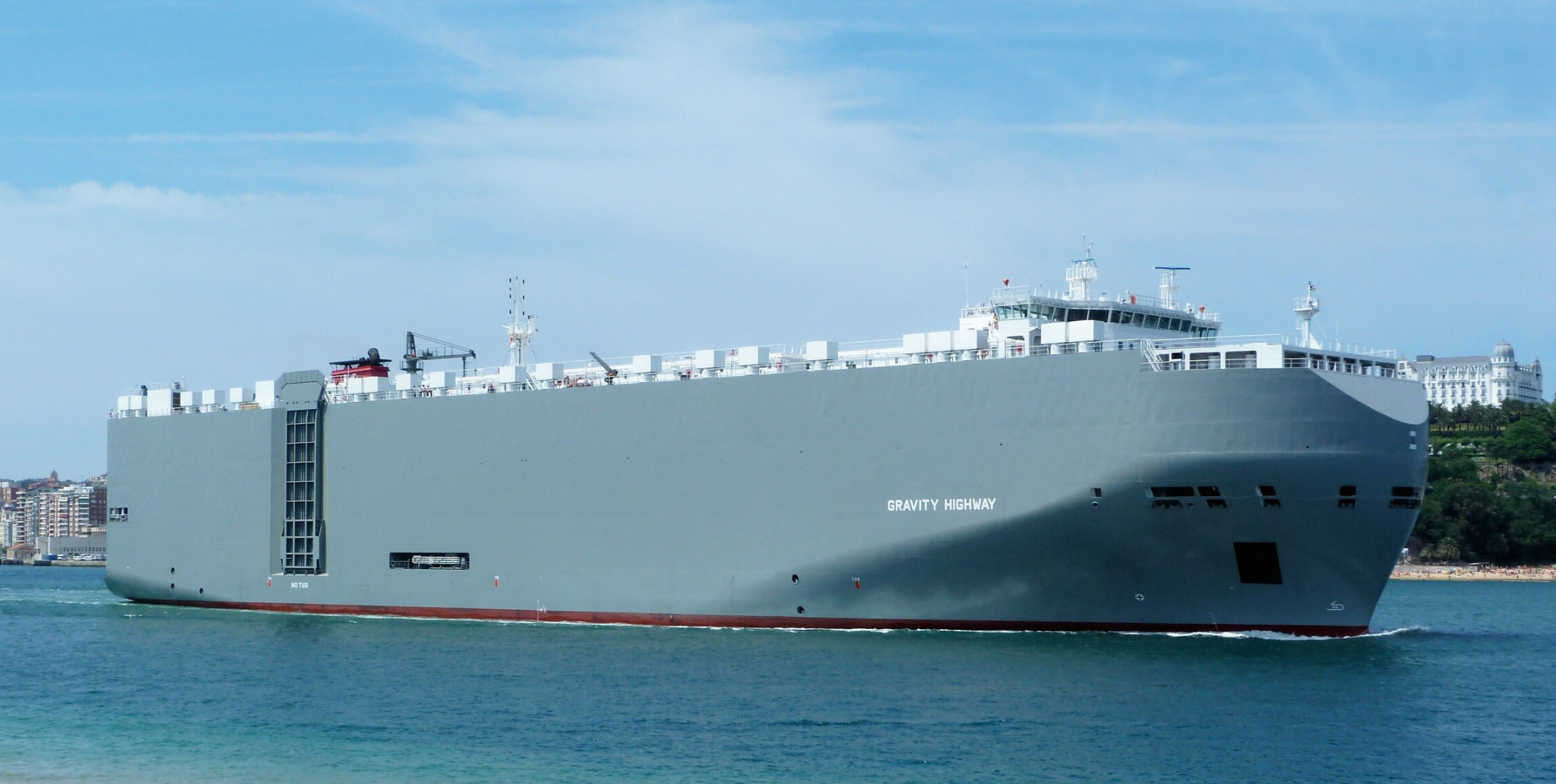Comprehensive Guide on Commercial Shipping: Definition, Types, Benefits, How It Works and Best Practices of Commercial Shipping in 2025

Retail and wholesale organizations have begun operating through eCommerce channels due to the global market’s rising demand and supply of goods. This has enabled the accelerated requirement for distribution centers and seamless supply chain procedures. Commercial shipping is an integral part of this system. In fact, as per the Statista reports, the Indian logistics market is worth USD 250 million in 2021 and is expected to grow to USD 380 billion by 2025. Hence, investment in the development, design, and technology of commercial shipping is exceptionally crucial.
This article is built as a comprehensive guide on commercial shipping, how it works, its benefits, and more information that will allow businesses and sellers to make the right choice for their local and international businesses.
- What is Commercial Shipping?
- How Does Commercial Shipping Work?
- 6 Types of Commercial Shipping
- What is the Difference Between Commercial Shipping and Regular Shipping?
- What Are The Benefits Of Commercial Shipping?
- Best Practices in Commercial Shipping in 2025
- Conclusion: How Does WareIQ Contribute to Smooth commercial shipping?
- Commercial Shipping: FAQs
What is Commercial Shipping?
Commercial shipping is a B2B delivery method that involves the transportation of large volumes of products to customers at a business address. In commercial shipping, the freight is not transported to a residence or a direct consumer; it is sent to a company address – a warehouse, storage facility, medical center, etc.
Businesses usually opt for commercial shipment when they require international transportation. Apart from this, businesses use commercial shipping to order bulk cargo as well as restock their products; in the process of this, they also enjoy huge shipment discounts since large volumes of products are transported at once.
When businesses include commercial shipping as a part of their operation, they automatically build healthy relationships with their trade partners and customers. Frequent commercial shipments have spectacular record-keeping systems that ensure smooth and timely deliveries, lesser damaged goods, and timely payments.
WareIQ, an eCommerce fulfillment company, empowers online brands with a superior-tech platform to compete with Amazon like service levels by bringing their average delivery timelines from 5-10 days to 1-2 days.
How Does Commercial Shipping Work?
Commercial shipping is a systematic process. When your products are ready for shipment, a commercial shipper arrives to pick up the delivery from the warehouse. After the pickup, the goods are transported to the customer’s loading docks, making sending a large bulk of goods easier. Following this, the cargo is shipped and received on the other end, where a clerk will verify the shipment receipt and confirm the delivery of your order.
Commercial shipping is a practical transportation solution for businesses because it is often associated with larger volumes which ultimately helps reduce cost per unit. This shipping is cheaper than regional shipping and is usually sent in large containers.
Once the business makes its sale, how it handles all future shipping decides the intensity of its future orders.
For example, if a customer receives damaged goods or late deliveries, they will automatically have a wrong impression of your business which will reflect on your overall reputation even if it was not your fault. Hence, choosing the right shipping partner and having a good relationship with your transporter is very important.
6 Types of Commercial Shipping
Cargo ships are often known as freighters and come in various shapes and sizes, each built to fulfill its intended purpose. These commercial ships are usually characterized by cargo capacity, weight, and size. Let us explore the various types of commercial shipping.
Container Ships
Also known as box ships, they are the most common and carry most of the seagoing non-bulk cargo. This shipping method uses intermodal containers as big as trucks to accept the goods. Container ships are the most prominent ocean vessels and often use liner routes. They are a prevalent mode of transit for manufactured goods all over the world due to the ideal size of the shipment. Container ships use cranes to load and unload. However, some smaller cargo ships can load and empty themselves. Emma Maersk is an example of a giant container vessel at present.
General Cargo Ships
General cargo ships are often smaller than container ships and carry packaged goods since there is no space for containers. These ships have built-in cranes, which enable them to load and unload the goods once they arrive at the ports.
Tankers
These ships are also known as tank ships that carry large reserves of liquid or gas products. The size of tankers is measured in deadweight or DWT. There are several tanker ships, each classified based on the type and size of cargo; the most common being the oil tanker. Others include chemical tankers, product tankers, and gas carriers. Additionally, tankers transport goods like oil, molasses, wine, etc. Tanker ships usually operate in the sea or ocean. Still, specialized inland waterway tankers also carry tonnes of cargo on rivers and canals.
Dry Bulk Carriers
The world’s first bulk carrier was built in 1852. These ships have been immensely modified with increased capacity, safety, and efficiency. Bulk carriers, also known as bulkers, carry unpackaged bulk goods such as grains, ore, steel coils, cement, etc. Bulkers are so often in use that it accounts for 21% of the world’s merchant ships, and some of them can carry up to 400,000 metric tonnes of DWT.
Reefer Ships
For goods that are perishable and must be stored at a specific temperature, reefer ships are often used for transportation. Reefer ships carry refrigerated cargo, such as meat, fish, vegetables, etc., inside cold containers that are specially insulated and pumped with cold air to maintain proper temperature as per the type of cargo. Unlike conventional ships, reefers are built with unique power generation and distribution systems and are categorized into side-door vessels, conventional vessels, and refrigerated container ships.
Ro-Ro Ships
RoRo ships or Roll-off/Roll-on ships are huge oceangoing ships that carry wheeled goods such as cars, bikes, trucks, trailers, buses, railcars, etc. These goods can operate on their wheels either on or off the ship and be unloaded from the RoRo ships using built-in ramps or ferry slips. The development of these ramps makes it easier for the cargo to be moved conveniently.
Suggested read: Top 10 Cargo logistics companies in India
What is the Difference Between Commercial Shipping and Regular Shipping?
| Commercial Shipping | Regular Shipping | |
|---|---|---|
| Recipient | The recipient in commercial shipping is a business since this mode of transportation has opted for business-to-business sales. The goods are then sold to the customers through a retailer. | In regular or residential shipping, the goods are directly delivered to the consumer. This mode of transportation usually opts for business-to-consumer or direct-to-consumer sales. |
| Location | The location of delivery for commercial shipment is always a business address. For example, a large shipment of grocery goods is usually sent to a retail outlet rather than an apartment address. Shipping companies often consider areas as commercial properties, provided these areas have many retail/wholesale stores. | The delivery location for regular shipping is always a residential address, such as apartments, house numbers, plots, etc. These addresses need to be equipped to receive large or bulky orders. |
| Cost | Bulk or large-volume goods are transported at once in large fleets and delivered in larger vehicles to a single location. This reduces the cost per unit, making business shipping much more cost-effective than regular shipping. | Regular or residential shipping is usually costlier than business shipping since they are delivered at lower-density areas. This means a delivery partner must navigate and travel further distances to deliver the goods. They may also require more delivery partners and smaller vehicles, which increases the overall transportation cost. |
What Are The Benefits Of Commercial Shipping?
Enhanced Cost Effectiveness
Commercial shipping allows businesses to gain a competitive advantage by enabling them to sell their products at a lower price. This becomes possible compared to rail, road, or air; transportation of bulky cargo is much cheaper through ocean freights. Companies can save money on their shipping operations, thus allowing their customers to purchase products at a low rate or enabling free shipping.
Increased efficiency
Ships and vessels are the ultimate way to transport large goods. And even if your shipment is light, sea freight companies can accommodate your requirements by providing cost-sharing options as they combine more oversized cargo with smaller ones. These ships can carry one or more large containers carrying bulk goods, making them efficient enough for bulk transport.
Improved Eco-Friendly Operations
Air, railways, and roads produce a much higher carbon footprint when compared to commercial shipping. This poses an environmental disadvantage to a lot of businesses. Commercial ships have lesser grams of exhaust gas per tonne of cargo which means that it is the most environmentally friendly among all other transportation methods.
Additionally, as technology advances and more eco-friendly fuel alternatives are deployed, carbon emissions through marine shipping are expected to reduce further.
Suggested Read: 10 Ways to Utilize Eco-Friendly Shipping for eCommerce Companies in 2025
Bettered Use of Company Focus
With advanced automated systems in place, companies do not have to worry about exhausting their resources and workforce on transportation processes. Freight transportation through the sea is low maintenance and saves a lot of operational time.
Improved Transit Safety
Cargo vessels and fleets are designed in such a way that it protects large volumes of goods from being damaged. These ships also carry hazardous or flammable materials; hence the materials used in its constructions ensure the utmost safety. Apart from this, the entire operational staff and crew handle cargo meticulously to ensure that the goods reach the customer safely and soundly. Due to the significant growth in the commercial shipping industry and the continuous development in maritime safety, damage caused to goods during transportation has dropped exponentially.

Best Practices in Commercial Shipping in 2025
Provide Shipping Offers
Customers are always on the lookout for cost-saving offers, and one of the best practices businesses can opt for is providing free shipping on purchases. However, brands must remember that free shipping services do not increase profits. To avoid this, shipping expenses can be integrated into the pricing structures, or a minimum order value can be added for the customers to enable free shipping.
Enable Control of Quality
Care and quality control are essential when establishing trust with your customers. Make sure that defective, damaged, and improperly packaged goods are not shipped to the customers, as well as ensure there is a feedback system to get reviews/suggestions. When looking for third-party commercial shipments, choose a vendor with enough storage space and good shipment history.
Automate Operations
Quicker operations can be put in place through automation software. During processing, several steps, such as weighing, measuring, and labeling, can easily be automated, ultimately increasing the workflow, saving time, and ensuring quick delivery.
Follow Up With Customers
Maintain proper and continuous communication with your customers from when they place their orders until they get delivered to them. This includes systems like package tracking, customer support, and regular updates, especially in case of unforeseen delays. A 3PL provider usually handles and automates these systems for businesses.
Conclusion: How Does WareIQ Contribute to Smooth commercial shipping?
There is a lot of information, and knowledge is vital to explore before making decisions for your business’s commercial shipping. This article charts the basics of commercial shipping and its benefits in terms of usage. Commercial shipping has become one of the most used and trusted modes of transportation, especially in the era of online businesses. In addition to quicker deliveries, it ensures the safety and cost-effective solutions for companies expanding exponentially to outlying areas, making their brand accessible to a broader niche. Commercial shipping enhances the business-customer relationship due to its efficiency, resulting in better growth, retention, and sales for your business. Hence, keep exploring and choose wisely.
WareIQ is far ahead regarding customer satisfaction and providing tailored solutions to improve your commercial shipping experience. Let’s understand how:
- Customizable Solutions: WareIQ offers customizable solutions tailored to each business’s specific needs. This allows businesses to choose the services they need and only pay for their use.
- Fast and Reliable Shipping: WareIQ has a network of warehouses that are strategically located to ensure fast and reliable shipping. This allows businesses to get their products to customers quickly and efficiently, which can help improve customer satisfaction and loyalty. WareIQ gives you the option to choose the delivery partner of your choice. You can also select WareIQ Rush to provide them with a same-day delivery experience.
- Advanced Technology: WareIQ uses advanced technology to manage inventory, orders, and shipping. This includes real-time inventory tracking and reporting, automated order processing, and AI-powered algorithms for optimized shipping routes. These technologies help streamline the logistics and shipping process, to improve efficiency, and reduce errors.
- Transparency and Communication: WareIQ gives businesses real-time visibility into their inventory, orders, and shipping status. This helps businesses to stay informed and make data-driven decisions. WareIQ also provides proactive communication with customers, informing them throughout the shipping process with message alerts and notifications.
- Exceptional Customer Support: Stuck somewhere during the shipment process? Don’t worry. WareIQ has a dedicated customer support team available 24/7 to answer questions and assist. This ensures businesses receive the support they need to effectively manage their logistics and shipping operations.
WareIQ provides smooth eCommerce shipping to its customers, and here’s how they help.
Pick-Up and Storage: WareIQ picks up the suppliers’ products and stores them in their warehouse. They also conduct quality checks to ensure the products are in good condition.
Order Processing: When a customer places an order, WareIQ receives and processes it automatically. The product is then picked from the warehouse and prepared for shipping.
Shipping: WareIQ uses advanced algorithms to optimize shipping routes and select the best carrier facility for each order. They also provide tracking information to customers to monitor their orders in real-time. Here you can also choose the delivery partner as per your preferred choice.
Smooth return: WareIQ also manages business returns, providing customers with a seamless and hassle-free returns process. This helps to improve customer satisfaction and reduce the workload for businesses.
WareIQ’s customizable solutions, advanced technology, fast and reliable shipping, transparency and communication, and exceptional customer support make it a unique and valuable provider in the commercial shipping industry.















